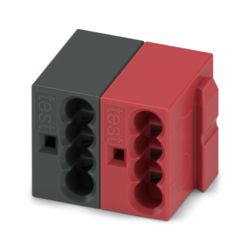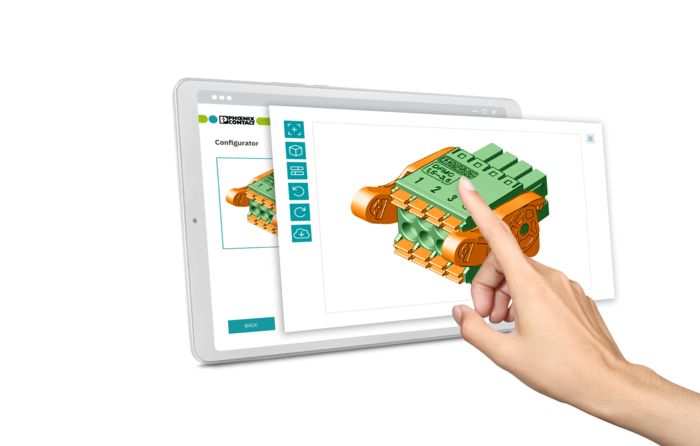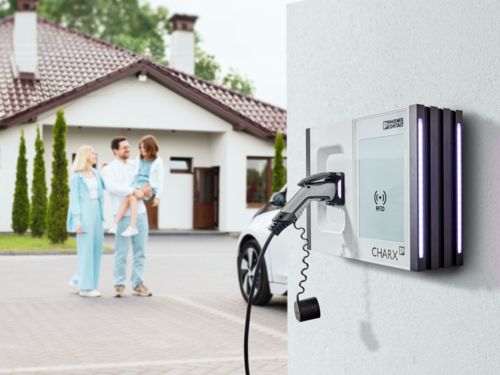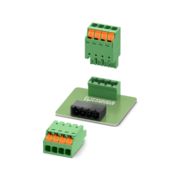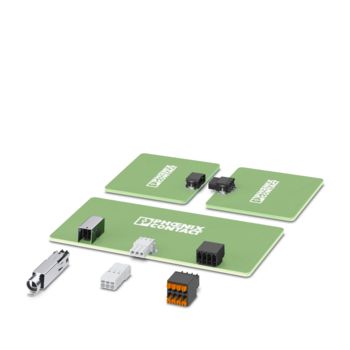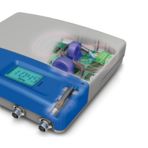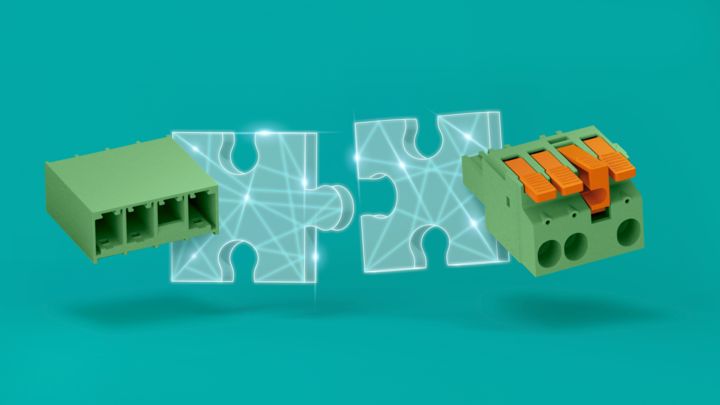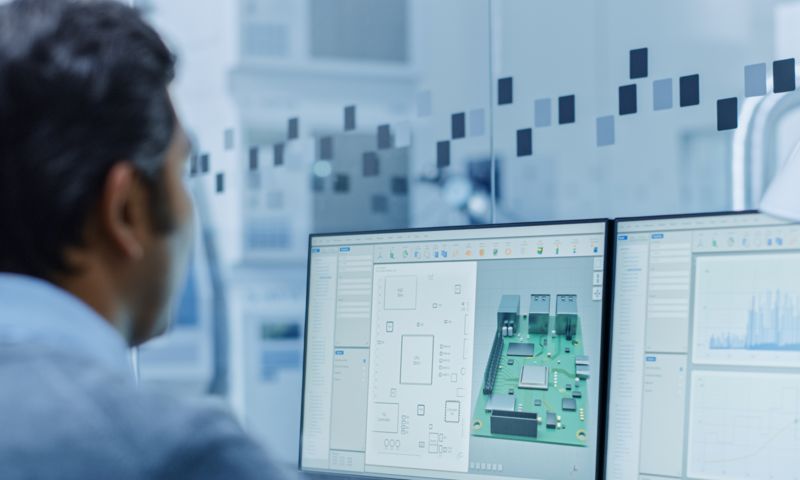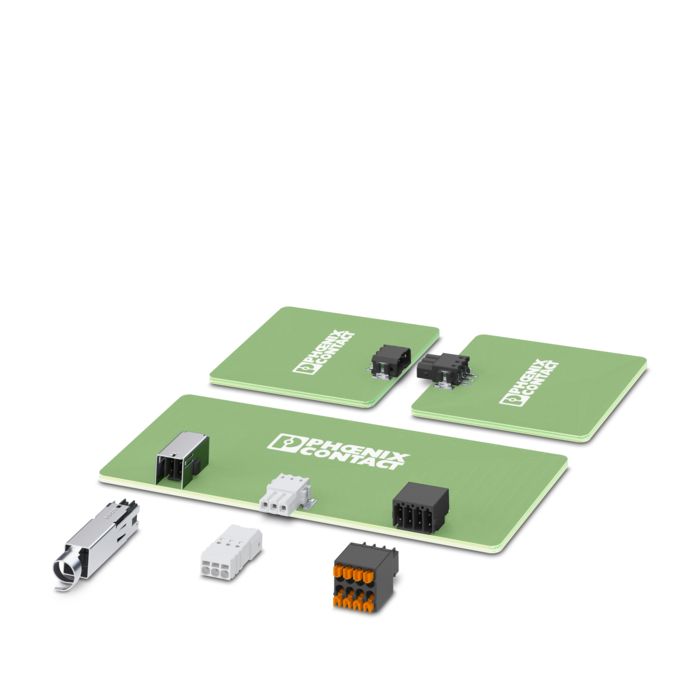
Main features
- For 2.5 to 3.5 mm pitch
- Connection technologies with screw, Push-in spring, and crimp connection
- Assembly of headers via wave or THR soldering
- Horizontal, vertical, and inverted versions of the connectors and headers
- Connectors for wire-to-board, board-to-board, and wire-to-wire
- Shielded versions for optimal data transmission



